.
From Boston to Playa Grande, Costa Rica—A Mission to Conserve the Eastern Pacific Leatherback
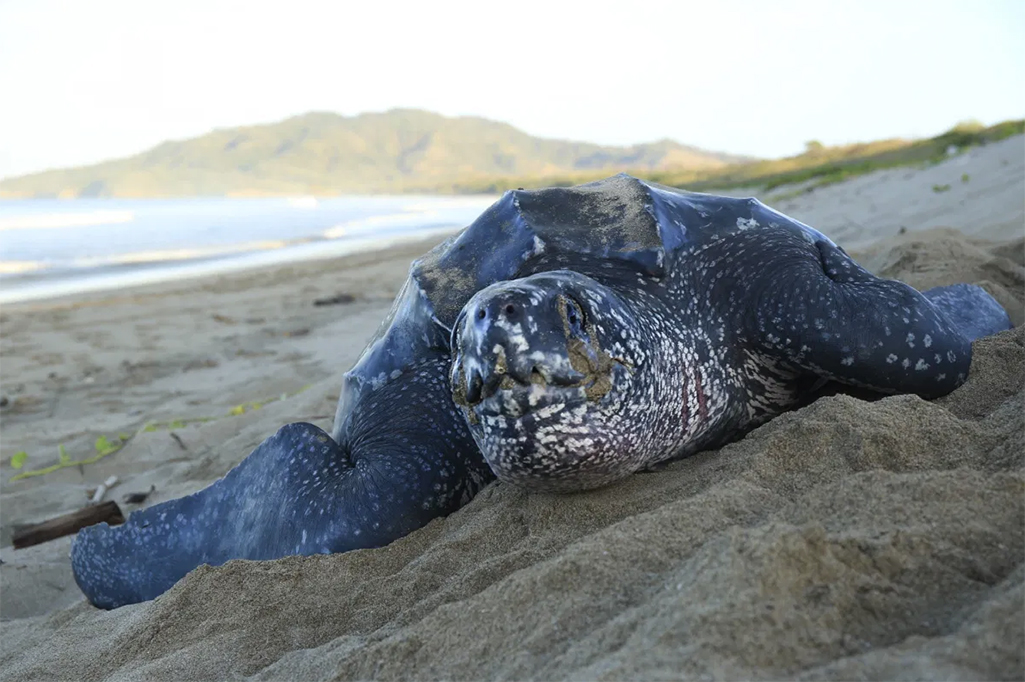
.
By Laura St. Andrews, Costa Rican Sea Turtles Field Team Leader

Laura’s passion for sea turtle conservation brought her from Earthwatch headquarters in Boston to Costa Rica, where she now works as field manager for The Leatherback Trust. She shares her first encounter with a sea turtle and where that experience has led her since then.
After graduating from college, I joined the Earthwatch team back in 2014. I was so excited to work for an organization that values supporting robust data collection and makes science not only accessible, but also changes mindsets to make conservation a part of volunteers’ lives long after they come back from the field. Getting in the field with Earthwatch is truly an incomparable experience for any curious, adventurous spirit. For over two years, I was lucky enough to be a part of an organization with dedicated staff around the world, working to make our planet a more biologically diverse, healthy, and beautiful place for every critter, plant, and organism.
.

.
As an Earthwatch staff member, I was also able to go to El Parque Nacional Marino Las Baulas in Playa Grande, Costa Rica for nine days as a volunteer. It was here that a light switch turned on for me and life as I knew it would never be the same. I saw my first leatherback sea turtle and heard the story of their rapid, alarming decline. In just two decades, poaching combined with unregulated fisheries in the Pacific have effectively wiped out generations of an amazing keystone species. Now, the Eastern Pacific leatherback is the most endangered population of sea turtles in the world. A healthy pulse of our oceans affects all ecological corners of the earth—regardless of their proximity to the water. Sea turtles are major contributors to the strength of that healthy pulse. Patrolling the beaches of Playa Grande was a privilege, and after learning the critically endangered leatherback’s story, I wanted to put all of my energy into keeping these animals on our planet, restoring their populations to a healthy status.
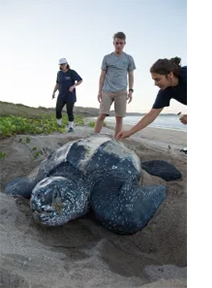
The next fielding season, I came back to Playa Grande as a field biologist. Leaving Earthwatch was bittersweet as I knew I’d miss the work and team, but getting a chance to go back to the largest nesting beach for the Eastern Pacific leatherback in Costa Rica was a real dream come true. And, I loved it—every rewarding, exhausting night and day.
The more that I learned as a field biologist and from the team of field biologists that I worked with, the more passionate I became in my mission to protect these animals. So, when the field season in Playa Grande finished, with the lowest recorded number of nesting Eastern Pacific leatherbacks, I was as motivated as ever to continue the pursuit to protect our sea turtles and oceans. I set out to South Padre Island, Texas to learn more about different species and conservation methodologies with Sea Turtle, Inc.
While in Texas, I was ecstatic to learn that I had the opportunity to go back to Playa Grande the following season as the field team leader. Now, I am lucky enough to work every day with an incredibly dedicated and hard-working group of field biologists. We are really looking forward to meeting our Earthwatch volunteers this season!
.
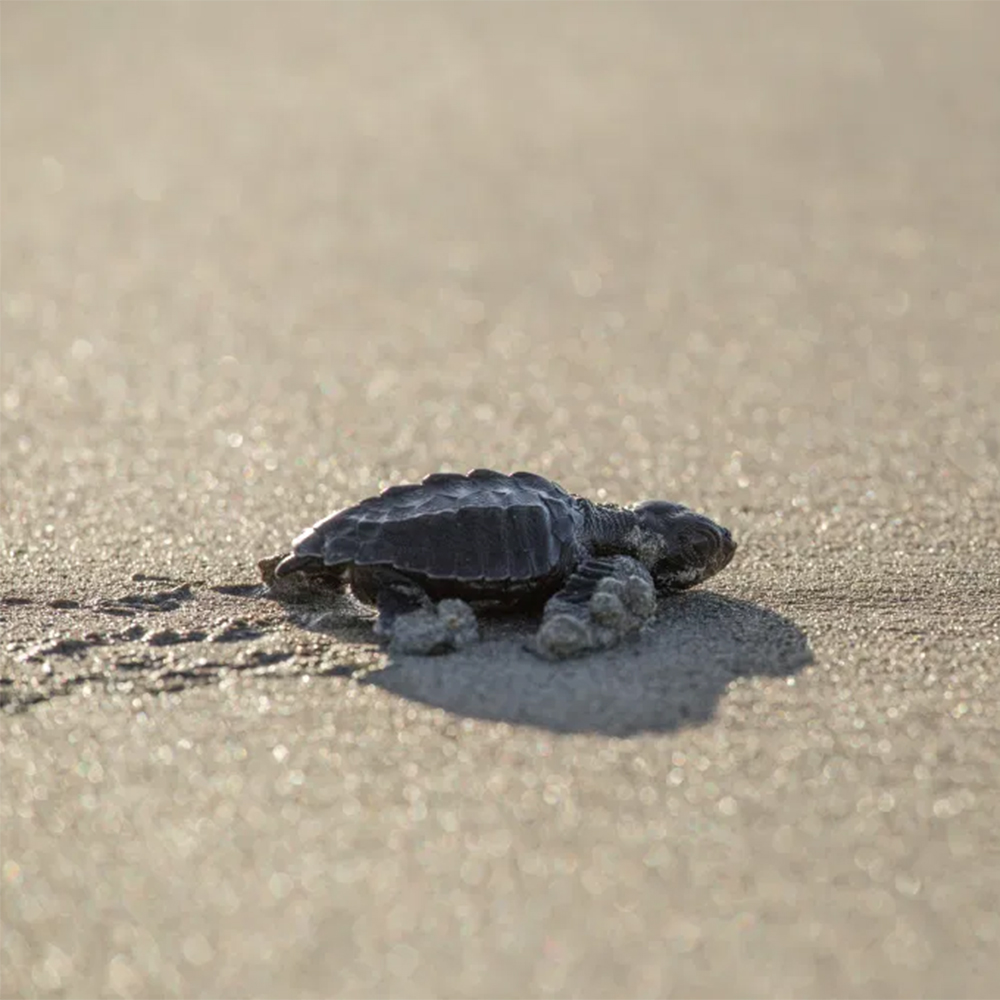
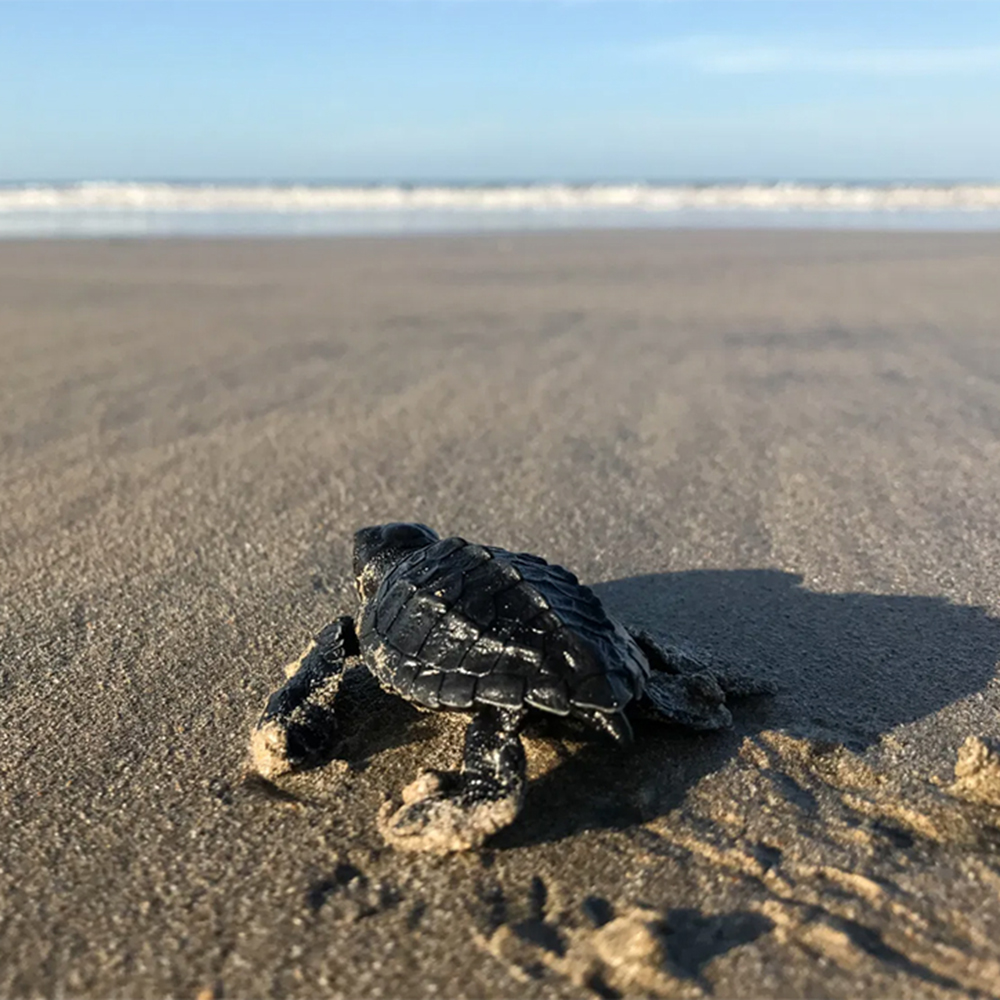
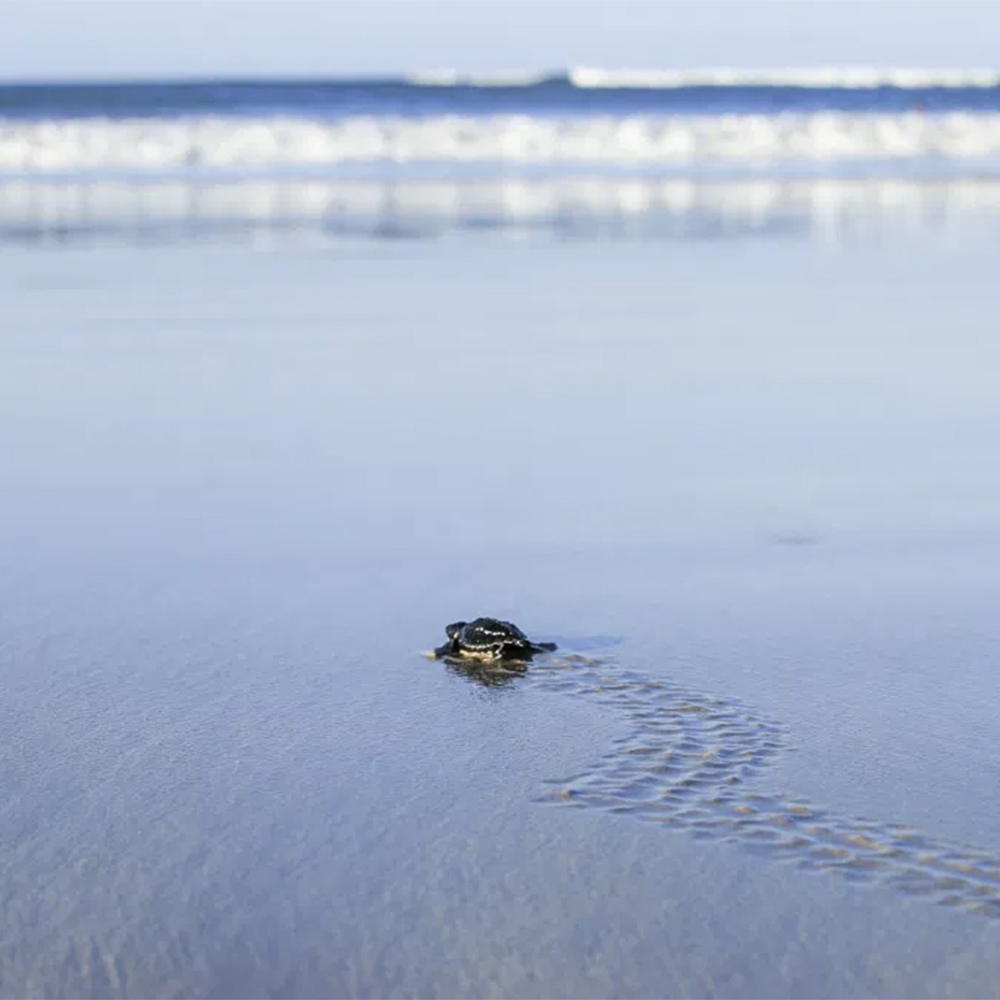
.
With the help of dedicated citizen scientists from all over the world, we are able to work within a national park that is reserved for only biologists and park rangers at night. It is a remarkably special experience and one that I hope many volunteers will chose to contribute to and be changed as much as I have been.
I hope that you will join both myself and the skilled, gregarious team of biologists down here in Playa Grande on the Earthwatch expedition Costa Rican Sea Turtles!
.
Sign up for the Earthwatch Newsletter
Be the first to know about new expeditions, stories from the field, and exciting Earthwatch news.